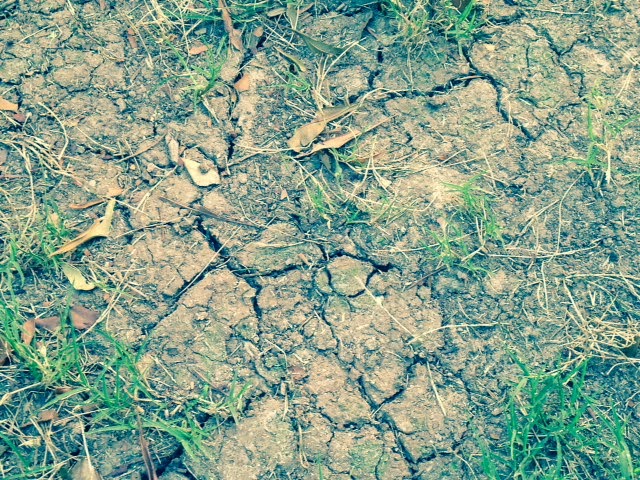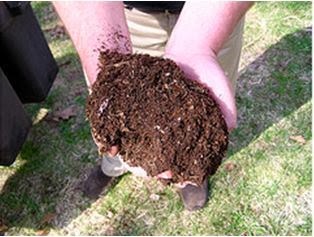As we draw near the end of the 2014 growing season we feel blessed to have had many opportunities to grow and excel in our knowledge and application of quality lawn care practices. It is because of our customers that we have been able to advance as much as we have. From lawn leveling to compost top dressings to irrigation auditing to sick tree treatments it has been our customers who have allowed us to experiment with new methods, to complete good practices research projects, all the while working toward the goal of excellence in the services we offer. Without our customers none of this would have been possible. So we end the year by offering many thanks to you our loyal customers. We look forward to providing new services in 2015 that will provide more comprehensive lawn care with more excellence than we have offered in years past.
When our turf care program (lawn fertilization and weed management) was in it's infancy we were working to try and develop a program for feeding lawns using organic fertilizers and soil amendments. It has taken several years of some success and some failure but in 2014 we had the most success ever with our program (we believe, by the grace of God). But we have not arrived (and we don't think we ever will) so we are not kicking back to rest for the coming year. No, we will always be researching and experimenting with new ways of caring for lawns with a goal of making them healthy and nice to look at. We like to use organic products and practices because, in addition to the same basic ingredient (nitrogen-the ingredient that makes grass green) in synthetic fertilizers, organic fertilizers and soil amendments have ingredients that help build good soil structure (all our customer's lawns began with poor soil structure- hard clay soil!) which supports a healthy and beautiful turf as can be seen in the pictures below of some of our customer's lawns. You can be assured the contractor who built your home was not concerned with the health of the soil in your landscape as his employees drug the hard clay leftover from the pad for your foundation around your lot to make a surface for installing the grass. So our approach is to work from the bottom up, or from the soil to the tips of the grass blades, not from the top down which does not address the problems where they are. It is our settled conviction that healthy soils are foundational for healthy turf, healthy trees, healthy shrubs, plants and flowers. We work to that end. Most any fertilizer can make a lawn green. It takes soil building to go beyond a green lawn to a green lawn that is less water dependent, less high-nitrogen dependent, and more self-sustaining.













